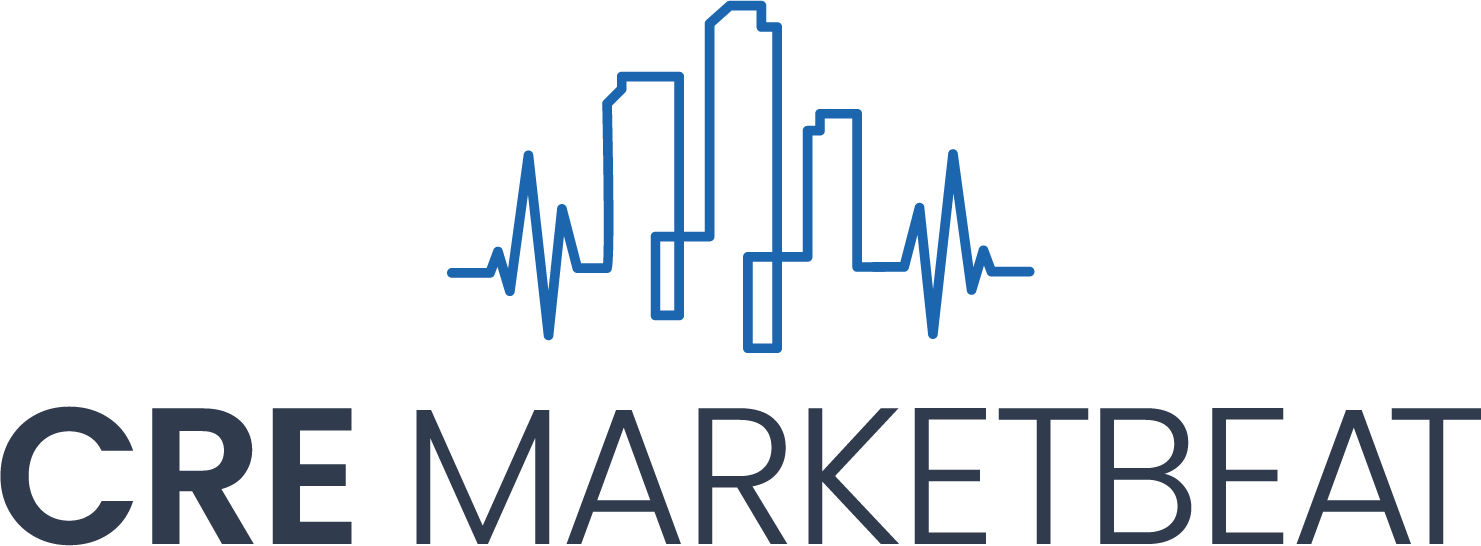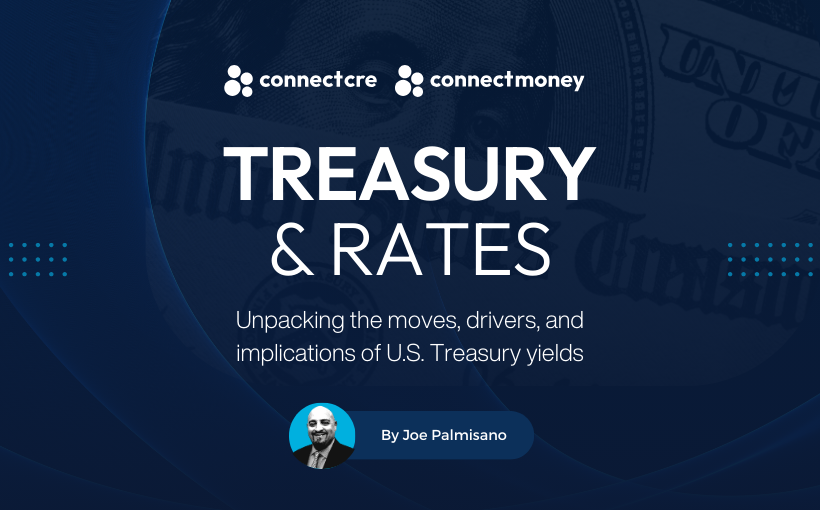**Limited Downside for Yields Without Deeper Fed Cuts**
Since President Trump’s unexpected overhaul of U.S. trade policy in April, much of the focus has been on the economic and inflationary implications. Despite the backdrop of shifting tariffs, fiscal uncertainty, and volatile sentiment, one key aspect of macroeconomic stability has remained unchanged—Federal Reserve policy. While not necessarily signaling confidence, the Fed’s inaction has emerged as one of the few constants in an increasingly unpredictable environment.
Markets overwhelmingly expect the Federal Reserve to hold interest rates steady at this week’s Federal Open Market Committee (FOMC) meeting. Little change is expected for July, with consensus building around a potential rate cut in September. However, given the rapidly evolving economic backdrop, any projections remain highly tentative.
The 2-year Treasury yield—often viewed as a barometer for interest rate expectations—continues to trade just below the Fed’s effective policy rate of 4.33%. Markets are pricing in approximately 100 basis points in rate cuts over the next year, which would lower the fed funds target range to 3.25%–3.50% by mid-2026.
At face value, this projected path suggests a spread of about 110 to 115 basis points between the 2-year and the 10-year yield, which currently sits near 4.40%. However, when adjusting for the 10-year SOFR (Secured Overnight Financing Rate) swap spread, the effective 10-year yield moves closer to 4.00%, compressing the curve to around 55 basis points. This narrower spread suggests limited room for yields to decline further without a more aggressive policy shift from the Fed.
Could yields drift lower from here? A modest 25 basis point decline appears feasible under current conditions. However, a more significant drop in long-term yields would likely require deeper or faster rate cuts than are currently anticipated by the market.
Fed officials have repeatedly pushed back on the notion of imminent rate cuts. Atlanta Fed President Raphael Bostic recently underscored the need for a patient approach: “There is a great deal of uncertainty out there. We have space to wait and see how the heightened uncertainty affects employment and prices.”
The challenge before the central bank is complex. Do tariffs generate inflation, slow growth, or both? If tariffs drive up prices, the Fed may be forced to tighten. But if they lead to a downturn in consumption and output, rate cuts may be warranted. A third possibility—stagflation, where slower growth comes alongside elevated inflation—would support the Fed’s current path of holding steady.
Some recent data supports this cautious strategy. Consumer inflation expectations, measured by the New York Fed, dipped to 3.2% over the next year—still above the Fed’s 2% target, but showing signs of moderation. Meanwhile, core CPI remains sticky at 2.8% year-over-year. Market-based inflation metrics, such as the 5-year breakeven inflation rate, hover around 2.38% and have been trending slightly upward.
Despite pressure from President Trump to cut rates, the central bank appears committed to waiting for clearer signs from the economy. With trade policy in flux and inflation data providing mixed signals, rushing toward monetary easing may exacerbate uncertainty rather than resolve it.
On the growth front, there are indicators of deceleration. The Dallas Fed’s Weekly Economic Index has trended downward through late May, suggesting a broader economic slowdown. Discussions of a large federal spending bill currently in the Senate could further complicate the inflation outlook, although ongoing political divisions may limit its passage—an outcome that could be market-friendly for bonds.
In summary, while the Fed’s inaction may not inspire confidence, cautious stability might well be the most responsible course for now. With inflation and growth offering conflicting signals—and tariff policy remaining elusive—holding steady is a strategic decision, albeit one that comes with risks.
Readers are encouraged to share their comments and insights. For past editions of “Treasury & Rates,” refer to Connect CRE’s archives.




